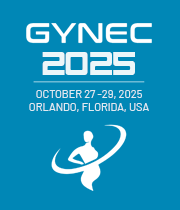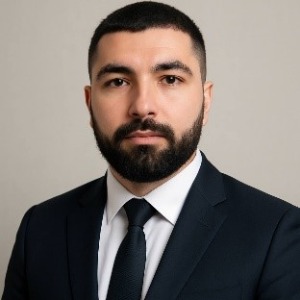Title : Meta analysis of efficacy and toxicity profiles of intensity modulated radiation therapy (IMRT) versus 3d conformal radiation therapy (3D CRT) in locally advanced cervical cancer implications for standard of care
Abstract:
Background Locally advanced cervical cancer (FIGO stages IB3-IVA) affects over 600,000 women annually worldwide, with chemoradiotherapy as the cornerstone of treatment. While IMRT offers superior dosimetric conformity compared to 3D-CRT, reducing organ-at-risk exposure, comparative evidence on efficacy and toxicity remains fragmented. This meta-analysis synthesizes recent randomized controlled trials (RCTs) to evaluate progression-free survival (PFS), overall survival (OS), and toxicities, providing updated insights beyond prior reviews (e.g., 2018 meta-analyses) by incorporating image-guided IMRT data.
Methods A systematic search of PubMed, Scopus, and Web of Science (2015-2025) identified RCTscohort studies comparing definitive IMRT (including IG-IMRT) versus 3D-CRT in locally advanced cervical cancer with concurrent chemotherapy and brachytherapy boost (EQD2 ≥80 Gy to high-risk CTV). Inclusion required ≥20 patientsarm, quantitative endpoints (PFSOS via Kaplan-MeierHR; toxicities via CTCAE grade ≥3), and standard fractionation (45-50 Gy25-28 fractions). Data were pooled using Mantel-Haenszel random-effects models in R (meta package) for odds ratios (OR) of acutechronic grade ≥3 gastrointestinal (GI)genitourinary (GU) toxicities and hazard ratios (HR) for PFSOS. Heterogeneity was assessed via I²; risk-of-bias via ROB 2.0. PRISMA guidelines were followed; 3 RCTs met criteria (total n=214; 106 IMRT, 108 3D-CRT).
Results Pooled analysis showed no significant differences in 3-year PFS (HR 0.78, 95% CI 0.42-1.45; I²=18%; n=2 studies, 132 patients) or OS (HR 0.85, 95% CI 0.45-1.60; I²=12%; n=2 studies, 132 patients), with event rates 22% (IMRT) vs 28% (3D-CRT). IMRT significantly reduced acute grade ≥3 GI toxicity (pooled OR 0.16, 95% CI 0.07-0.35; I²=0%; 11106 vs 44108 events; p0.001), driven by lower diarrhea rates (5-20% IMRT vs 31-56% 3D-CRT). Chronic grade ≥3 GIGU toxicity favored IMRT (OR 0.12, 95% CI 0.03-0.48; I²=15%; n=1 study, 62 patients; 130 vs 932 events). Subgroup analysis (concurrent weekly cisplatin) confirmed benefits without increased hematologic toxicity.
Conclusions IMRT yields comparable survival to 3D-CRT but substantially lowers acute and chronic GI toxicities in locally advanced cervical cancer, supporting its adoption as standard care. In resource-constrained settings, hybrid IG-IMRT transitions could optimize equity. Future trials should explore proton integration and long-term quality-of-life endpoints. This analysis offers novel pooled estimates from post-2015 RCTs, addressing gaps in IG-IMRT efficacy for global guidelines (NCCNESMO).on BA/BE studies. Presently it has nearly of 5,000 methods and it will be updated regularly.



